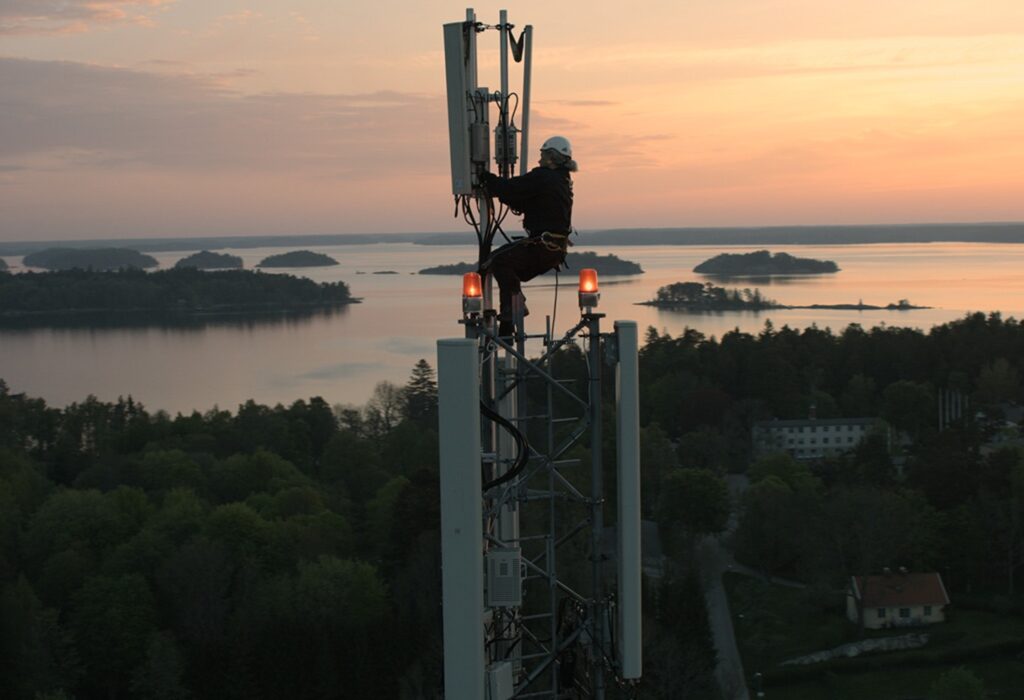WAVES
Radioelectric Spectrum
Our lives are wrapped around the electromagnetic spectrum. We cannot see or feel it but, without it, we would have no mobile or wireless communications.
Therefore, electromagnetic spectrum is hugely valuable. In societal terms, spectrum allows us to enjoy live entertainment and broadcasting, to communicate when on the move and to keep our infrastructure working. 5G, together with other disruptive technologies such as the internet of things and artificial intelligence are the cornerstone of this digitalisation, which is characterised by increasingly dynamic and constant technological change.


The performance limitation of any wireless network will always be at the physical layer, because, the amount of information that can be transferred between two locations is limited by the availability of spectrum, the laws of electromagnetic propagation and the principles of information theory.
Solving a challenge of this magnitude will require not just new resources, but also a radically different approach to acquiring, deploying and managing these resources. To tackle the challenge of increased data rates all efforts can be summed up into three main groups: